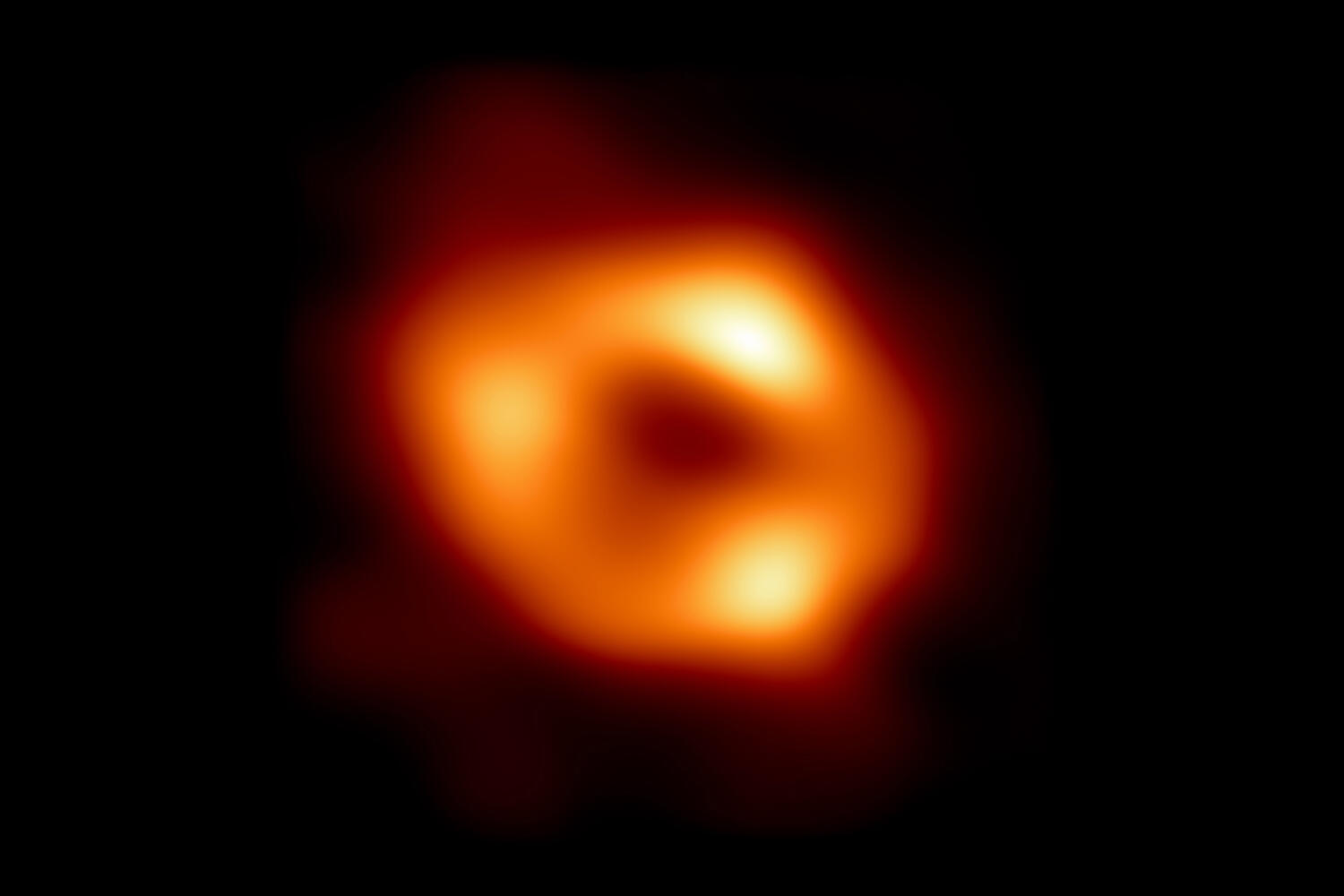THE LATEST
Revolutionary cosmic discovery unveils origins of supermassive black hole in galaxy's center

Researchers leverage advanced supercomputer simulations to shed light on the enigmatic phenomenon
The mysterious origins of supermassive black holes, massive entities at the center of most galaxies, have puzzled scientists for a long time. However, a recent discovery by the Nevada Center for Astrophysics at UNLV has brought these cosmic enigmas to the forefront. This discovery offers compelling evidence that sheds light on the formation of the supermassive black hole at the center of our Milky Way galaxy.
In a groundbreaking study, UNLV astrophysicists Yihan Wang and Bing Zhang have proposed a fascinating hypothesis. They suggest that the supermassive black hole, named Sagittarius A* (Sgr A*), might have formed as a result of a cosmic merger in the ancient universe. Wang and Zhang used data from the Event Horizon Telescope (EHT), a remarkable instrument created through global collaboration, to investigate the unique characteristics of Sgr A*, such as its incredible spin and apparent misalignment relative to the Milky Way's angular momentum.
The results of their investigation suggest that the unusual attributes of Sgr A* are most likely due to a massive merger event involving this colossal entity and another supermassive black hole from a satellite galaxy. This groundbreaking proposal raises important questions about the implications of this discovery and the detailed simulations that support it.
How significant are the supercomputer simulations designed to replicate the aftermath of such a massive merger? How do we comprehend the complexity of these computational models, which aim to mirror the colossal clash of cosmic titans that may have given rise to Sgr A* as we know it today? As we grapple with the implications of this transformative revelation, we ponder its profound implications for our comprehension of black hole evolution, cosmic dynamics, and the fabric of the universe itself.
This discovery marks a transformative moment in our quest for cosmic understanding, as we consider the exciting possibilities and profound insights emerging from this exploration into the heart of our galaxy. The cosmic dance of supermassive black hole mergers has ignited our imagination and prompted deep reflection. We now stand on the verge of an extraordinary juncture, anticipating the next captivating revelations in the boundless expanse of the cosmic ocean.

